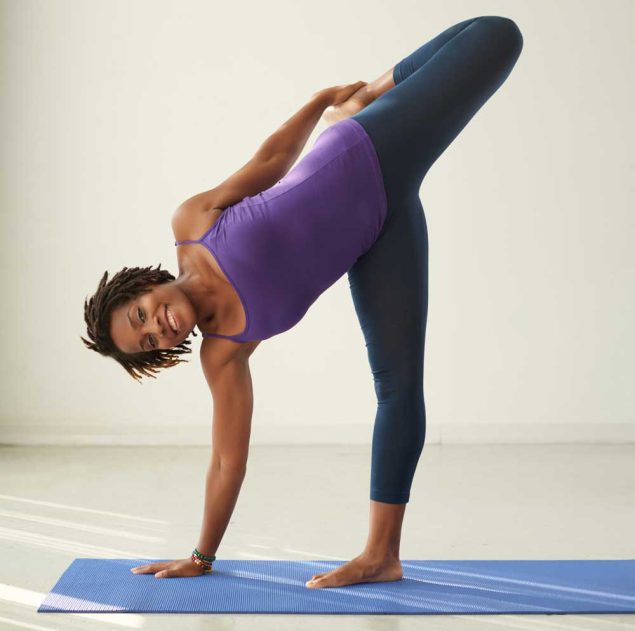Finding a Balance of Food and Activity
Managing your weight contributes to good health now and as you age. In contrast, people who have obesity, compared to those with a healthy weight, are at increased risk for many serious diseases and health conditions.
Food and Nutrition
Counting calories all the time is not necessary, but it may help to see how many calories you need. MyPlate Plan calculates the number of calories needed per day to maintain your current weight based on your age, sex, height, weight, and physical activity level. Click on the results to see recommended daily amounts of fruits, vegetables, protein, dairy, and grains for adequate nutrition at your calorie level.
Consuming a variety of healthy food is better than eliminating one type of food such as carbohydrates. If you reduce the variety of foods in your diet, you could exclude vital nutrients or not be able to stay on the diet over time.
To learn how many calories you consume regularly, write down the foods you eat and the beverages you drink, plus the calories they have, each day. Check the nutrition facts label for serving sizes and number of calories, and consider portion size.
Here are simple tools to assist you:
Physical Activity
How much physical activity you need depends mostly on your age.
- Preschool-aged children (ages 3 through 5 years) should be physically active throughout the day for growth and development.
- Children and adolescents (ages 6 through 17 years) need 60 minutes or more of moderate-to-vigorous intensity physical activity each day. Children and adolescents need aerobic, muscle-strengthening, and bone-strengthening activities.

- Pregnant or postpartum women, with their doctor’s approval, should do at least 150 minutes of moderate-intensity aerobic physical activity per week, such as brisk walking. It is best to spread this activity throughout the week, such as 30 minutes a day, five days a week.
- Adults need 150 minutes of moderate-intensity physical activity each week (this can be 30 minutes a day, five days a week), or 75 minutes of vigorous-intensity activity every week. Adults also need two days a week of muscle-strengthening activities.
- Adults 65 and older need at least 150 minutes a week of moderate intensity activity such as brisk walking, at least two days a week of activities that strengthen muscles, and activities to improve balance, such as standing on one foot.
People who are physically active can still gain weight if they take in more calories than they use. Healthy lifestyles include being physically active, limiting calories, and ensuring adequate nutrition.
Other Factors
Getting enough sleep can help you manage your body weight. Age, genetics, diseases, medications and environments may also contribute to overweight and obesity.
As people age, their body composition gradually shifts — the proportion of muscle decreases and the proportion of fat increases. This shift slows their metabolism, making it easier to gain weight. In addition, some people become less physically active as they get older, increasing the risk of weight gain.
Genetics can directly cause obesity in specific disorders such as Bardet-Biedl syndrome and Prader-Willi syndrome. However genes do not always predict future health. In some cases, multiple genes may increase susceptibility for obesity, but obesity does not occur without excess food or too little physical activity. See more information.
Some illnesses may lead to obesity or weight gain. These may include Cushing’s disease and polycystic ovary syndrome. Drugs such as steroids and some antidepressants may also cause weight gain.
A doctor is the best source to tell you whether illnesses, or medications are contributing to weight gain or making weight loss hard.
Environmental factors such as a lack of sidewalks may keep people from being physically active. Communities, homes, and workplaces can all influence people’s health decisions.
Losing Weight
Even a modest weight loss, such as 5 to 10 percent of your total body weight, can produce health benefits.
Physical Activity for a Healthy Weight
Physical activity can increase the number of calories your body uses for energy. Burning calories through physical activity, combined with reducing the number of calories you eat, can help with weight loss.
Physical Activity Basics
Physical activity can make you feel better, function better, and sleep better. Learn about the benefits and how to measure progress.
Early Weight Watching
As part of CDC’s Minute of Health series, this podcast discusses the most effective ways for children and adults to maintain a healthy weight.
Move Your Way
Tools, videos, and fact sheets with tips that to make it easier to get a little more physically active.
